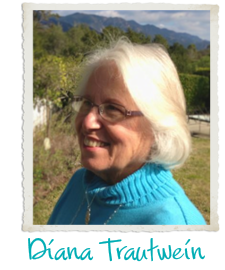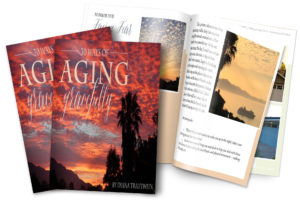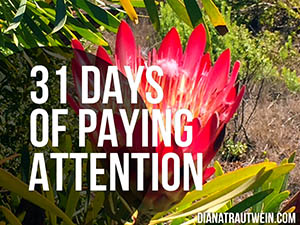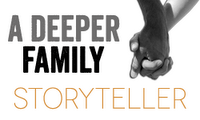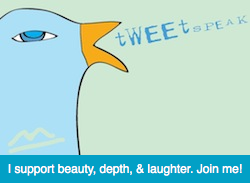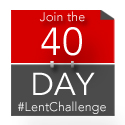I paid attention when he spoke.
“Sit and look at the sea,” he said.
“Look a long time.
Look long enough to become
the sea looking back at you.
Then tell me what you see.
I think you’ll like it.”
So I went to the sea.
I sat in the sun,
high on a bluff.
And I looked long.
I looked wide.
I breathed slow,
and I moved slow,
and I was slow.
And here is what I saw.
Islands, off in the distance,
a low layer of fog
pushed up against them,
like the covers
in a bed just left.
Kelp beds, red and brown,
swaying with the tide,
housing life
deep down,
where I cannot see.
I know it’s there,
moving, feeding,
following the rhythm
of the water.
LIGHT,
sprinkled across
the surface of the sea,
light.
Dancing, winking,
blinking, blinding.
I see light.
And I am undone.
Mesmerized by the motion,
caught by the pattern.
One spot, shining bright.
Then two or three more,
then hundreds of them as
the wave reaches its zenith.
See that thread of molten silver
as the water breaks against
the sand!
For just the briefest of moments,
enough for a breath or two,
I know the sea,
I am the sea,
And I see myself as lovely.
Loved.
See for yourself: (and listen, too.)
We’re experiencing a winter heat-wave here on the central coast. It was nearly 80 degrees today, and beautifully clear. Somehow, my parking spot was perfectly situated to see these cascades of moving light as I sat and contemplated the magnificence of the sea. I watched for a little over an hour. I was actually anxious about trying this. Generally, I have a book to read, a lunch to eat, a nap to take when I park at the beach. Trying to imagine sitting and looking for a long stretch was hard to do. The actual doing of it? Divinely wonderful, amazing, restful, moving, sacred. I’ve been told that this experience can be replicated by choosing any natural location that is beautiful to you – your own back yard might work just fine. The point is to sit in contemplation for a long stretch of time – 1 to 2 hours. Finding the time is probably the biggest challenge – but I am now hoping to do this regularly and will make the time somehow.


















